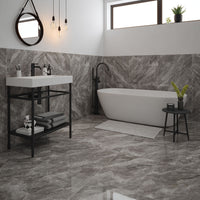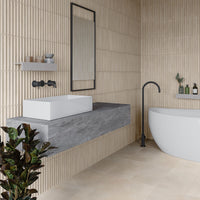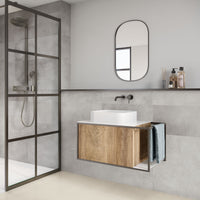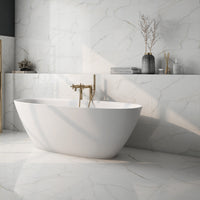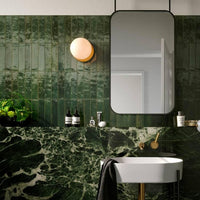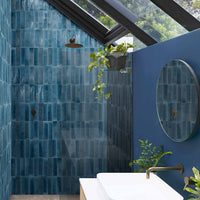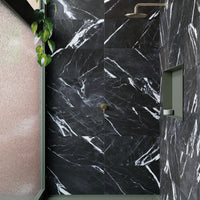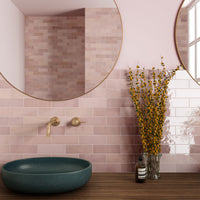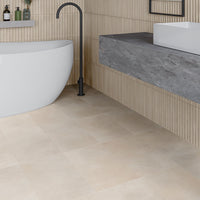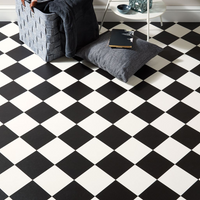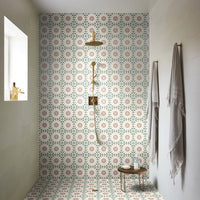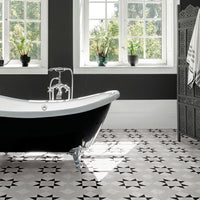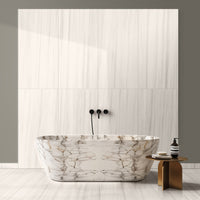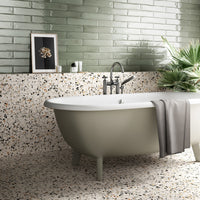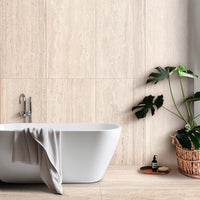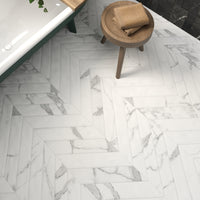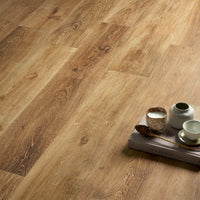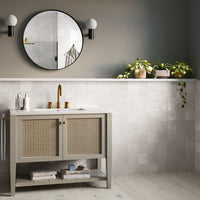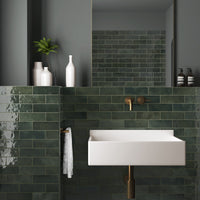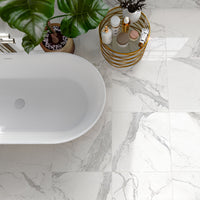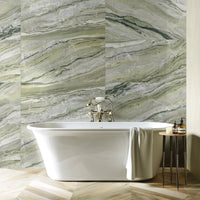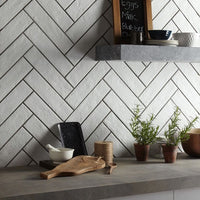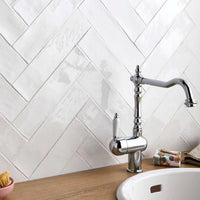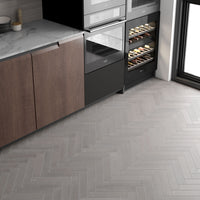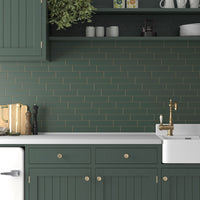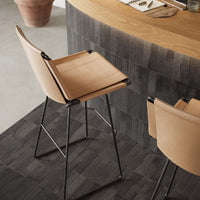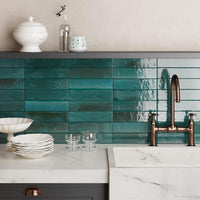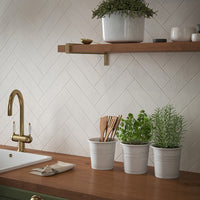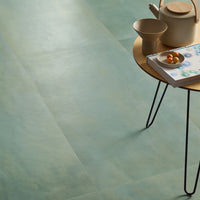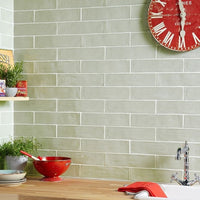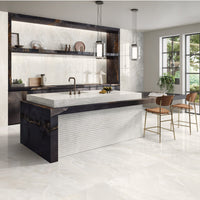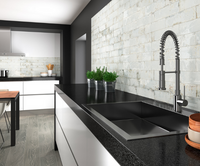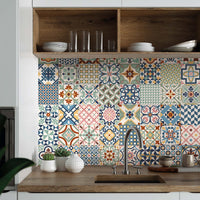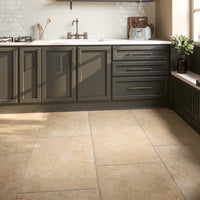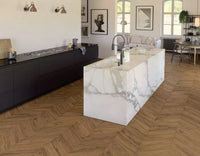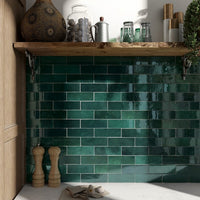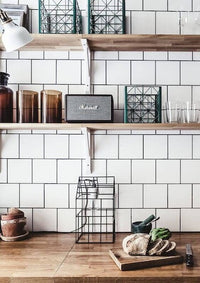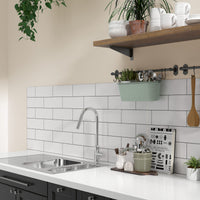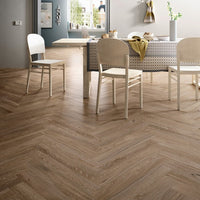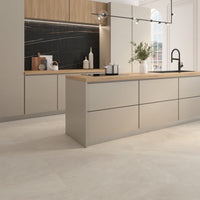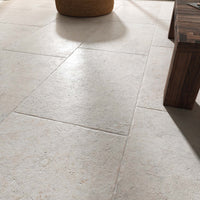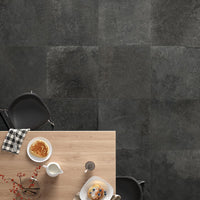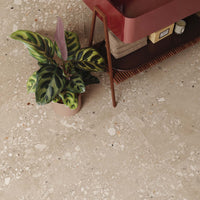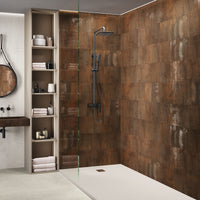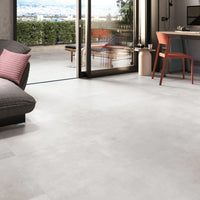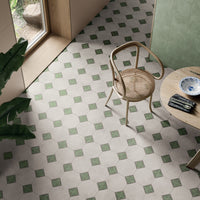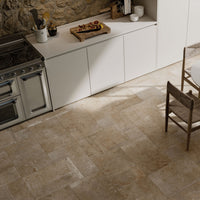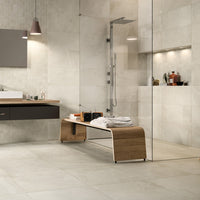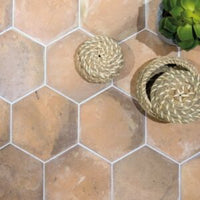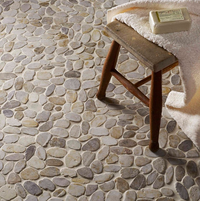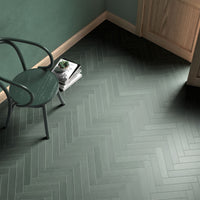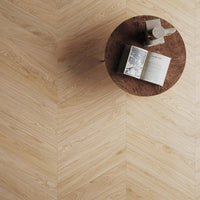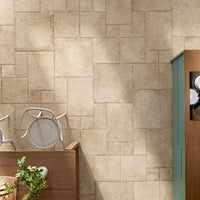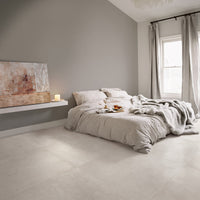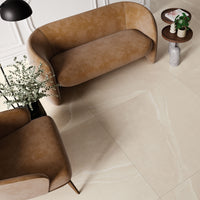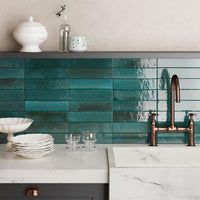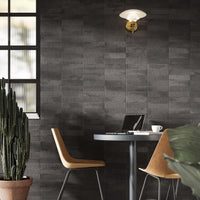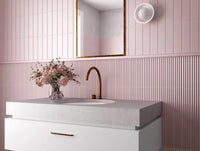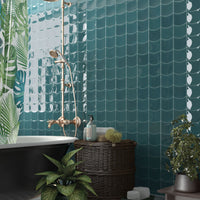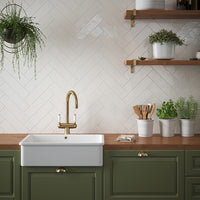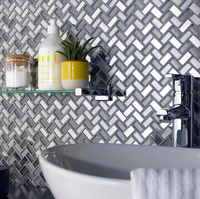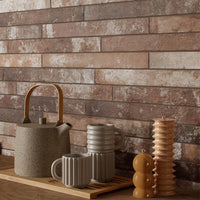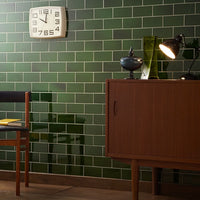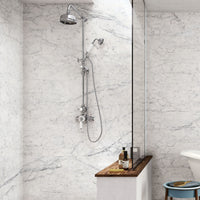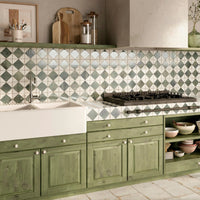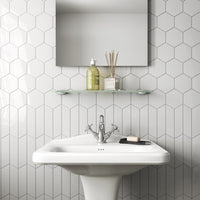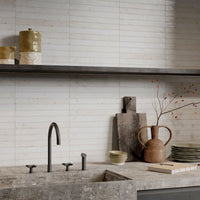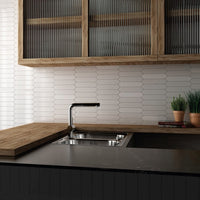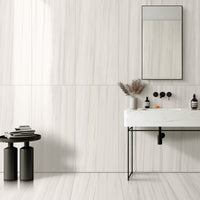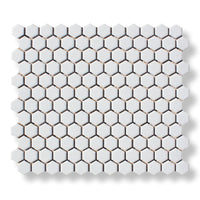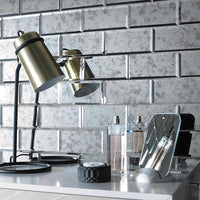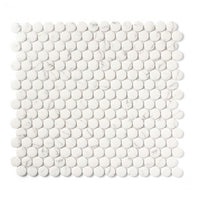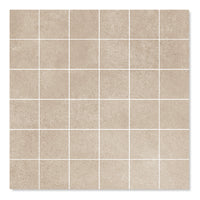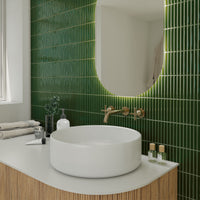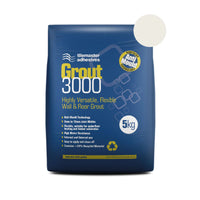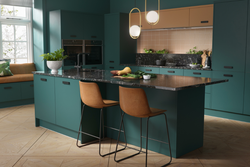For many DIY tilers, the most confusing step in the purchasing process comes when selecting the adhesive and grout. Having spent hours fretting over tile colour, pattern, size, and performance: many would-be tilers just grab the first bag or bucket of adhesive or grout on their way to the checkout. Others agonise over the small print, and only reach the point of purchase after a lot of head scratching.
But, in reality, unless you are embarking on a really ambitious project – such as tiling a swimming pool tank, or a walk-in wetroom with power showers – selecting the right adhesive and grout is simple.


Let’s look at an actual adhesive from one of the UK’s market leaders; BAL. The label describes Single Part Fastflex as a “one-part elastomeric tile adhesive for floors and walls.” The rest of the blurb goes on to say: “Featuring sound-reduction properties, BAL Single Part Fastflex is highly flexible and can also be utilised as isolating, anti-fracture underlay for ceramic tiles. Recommended for areas subject to limited movement and vibration, BAL Single Part Fastflex is water/frost resistant and is suitable for fixing ceramics, porcelain and vitrified tiles, mosaics, slate and certain natural stones including marble, terrazzo in dry or wet interior and exterior environments.”
But, in reality, all you really needed to know was contained in one line in the Technical Data which, for BAL Single Part Fastflex, states the classification as BS EN 12004 C1S2.
Adhesives
In all cases, adhesive choice should be based on tile type, the location of tiling, and the nature of the substrate. Tile adhesives are classified according to the European Standards EN 12004. Products are defined as follows:
C: Cement-based adhesive
D: Dispersion (ready-mixed) adhesive
R: Reaction resin adhesive
S1: Deformable (flexible) adhesive
S2: Highly deformable (flexible) adhesive
Adhesive Classes
1: Normal adhesive
2: Improved adhesive (usually with higher bond strength)
F: Fast-setting adhesive
T: Adhesive with reduced slip
E: Adhesive with extended open time
Before purchasing an adhesive product, consumers should check the label on the container/packaging. All quality products will carry a classification rating like this. There should also be a CE Mark and a reference to BS EN 12004, with substantiated data on the label. Inferior adhesives, with questionable performance, often have omissions to this data, especially for the classification rating.
But, in reality, all you need is covered by one-line in the Technical Data which, for BAL Single Part Fastflex, states the classification as BS EN 12004 C1S2. This provides a quick, at-a-glance, summary of performance. C1S2 tells you that this is a highly flexible cement-based formulation, with normal adhesive qualities. The blurb will usually have information on additional factors that may affect your purchasing decision, such as pot life or adjustability.
Grout
Following on, grout choice is based on tile type, location of tiling, service condition of the installation, and colour preference. Once again, products are described and classified in accordance with the current European Standard EN 13888:
Type
CG1: Normal cementitious grout
CG2: Cementitious grout with improved performance
RG: Reaction resin grout
Additional Properties
A: Improved abrasion resistance
W: Improved water resistance
So let’s take a look at one of the UK’s most popular grouts: Grout 3000 from Tilemaster Adhesives. This is billed as “a premium, highly versatile, flexible, efflorescence-free, fast-setting wall and floor grout.” The literature goes on to describe Grout 3000 as: “Specially formulated using hybrid thickening systems and polarised fillers and additives alongside carefully selected cements and additives, to produce a smooth and controlled workability with superior ease of mixing and application properties.”


But it is when you reach the technical data that you find the key sentence: “Conforms to EN 13888 Class CG2 WA.” This tell you that this is a high performance cementitious grout with enhanced water and abrasion resistance. In short, this is a high end product that will meet most site requirements.
So our advice at Porcelain Superstore is not to get distracted by flowery descriptions and vague wording. Check out the hard data, notable the classification according to EN 13888, and then once you have found a set of products suitable for your specific application, only then make a decision based on price, performance, and practicality.
And before we forget - remember to give your tiles a full clean before the grout is fully cured!


